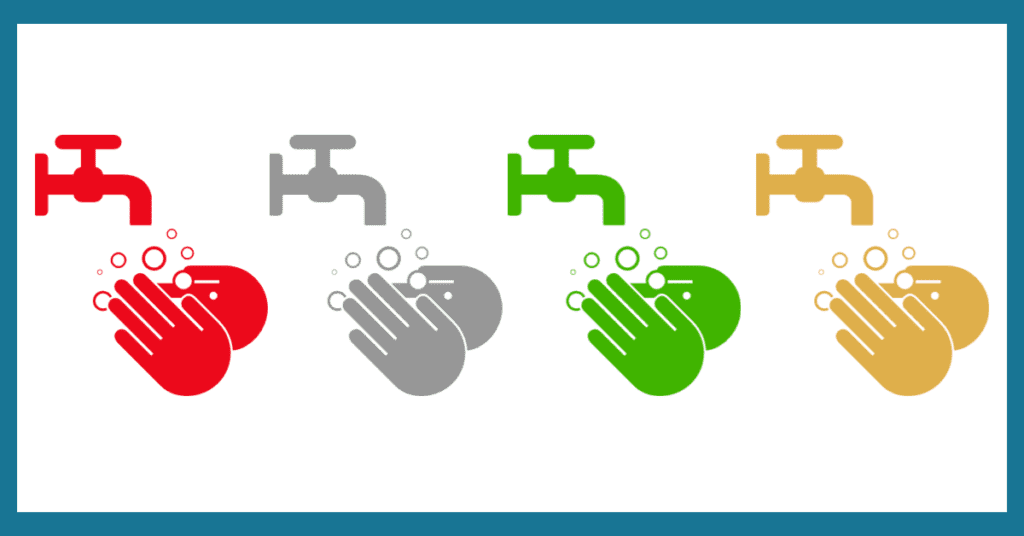Right now, much of the country is working from home in an effort to contain the spread of Coronavirus. We’re staying six feet apart, sanitizing surfaces — and we’re all doing a whole lot of hand washing.
That got Psychological Associates’ own Cindy Lefton, Ph.D., RN thinking — since hand washing is a behavior, how do each of the quadrants in our Dimensional Model of Behavior show up at the sink? We’ve got the behavior breakdown, below!
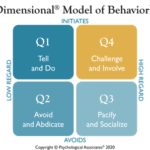
Q1 – Ready to Move On
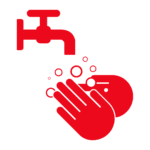 |
Hand-washers in this quadrant are not on-board with the idea of taking a whole twenty seconds that could be used on something “more productive.” They may spend their time at the sink mumbling under their breath about “what a waste of time” this is, skipping a few precious seconds to get back to work.
And Q1’s low regard for others means that whole argument about the greater good won’t do much to sway them — it’s all about the results.
Q2 – By-the-Book, and Don’t You Forget It!
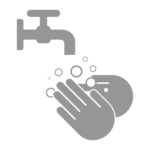 |
Q2 loves rules, so you’d better believe a Q2 hand-washer is slow and methodical. No step on that hand-washing chart is skipped, and if you walk by you’ll hear them counting a very deliberate “one-Mississippi, two-Mississippi…” This may sound great — we should all be practicing good hand washing hygiene, after all — but Q2 will waste no time giving you a withering glance if you skip a single step.
But they probably won’t correct you or offer advice, and they may hog the sink to ensure their own hand-washing routine is done to perfection. Q2 is not too concerned about demonstrating regard for others or getting results — their motivations tend to stem from a need for security and routine.
Q3 — What Social Distance?
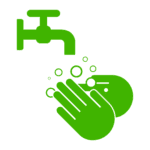 |
These are tough times for a Q3 social butterfly. While this behavior cares a lot about those around them (remember, right of the line means high regard for others), they’re likely acting in ways that may seem counter-intuitive. At the sink, a Q3 can be seen chatting your ear off and barely paying attention to their own hand-washing! They’re definitely not counting out 20 seconds, and they may even be obliviously standing in the way of soap, towels, or even the whole sink.
A good strategy for focusing a Q3 hand-washer would be to engage them in a 20-second song at the sink, and gently push back on the need for conversation until you’ve stepped away from the soap. After all, it’s hard to get that recommended six feet of distance when you’re washing hands.
Q4 — Leading by Example
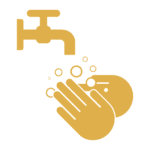 |
If this were a Goldilocks metaphor, Q4 would be “just right.” With the perfect balance of regard for others and drive for results, Q4 hand-washers recognize the importance of this behavior for both themselves and the community at large.
At the sink, Q4 will be following the CDC guidelines for handwashing, as well as sizing up the behaviors of others. Unlike Q2, this quadrant will offer constructive feedback and encouragement — after all, Q4 behavior recognizes that we’re all in this fight together!
We Need Q4 Behavior to Address This Crisis
Whether through hand-washing or social distancing, all of us have been tasked with safeguarding public health through our daily actions. These difficult times call on all of us to be more Q4 — to show regard by placing the well-being of others above our own comfort, and to drive for results by reducing contact that could spread COVID-19. These are not easy tasks, but they are necessary. And remember — behavior (unlike personality) can be learned.
So, we’re off to wash our hands, the Q4 way. We hope you do the same!

